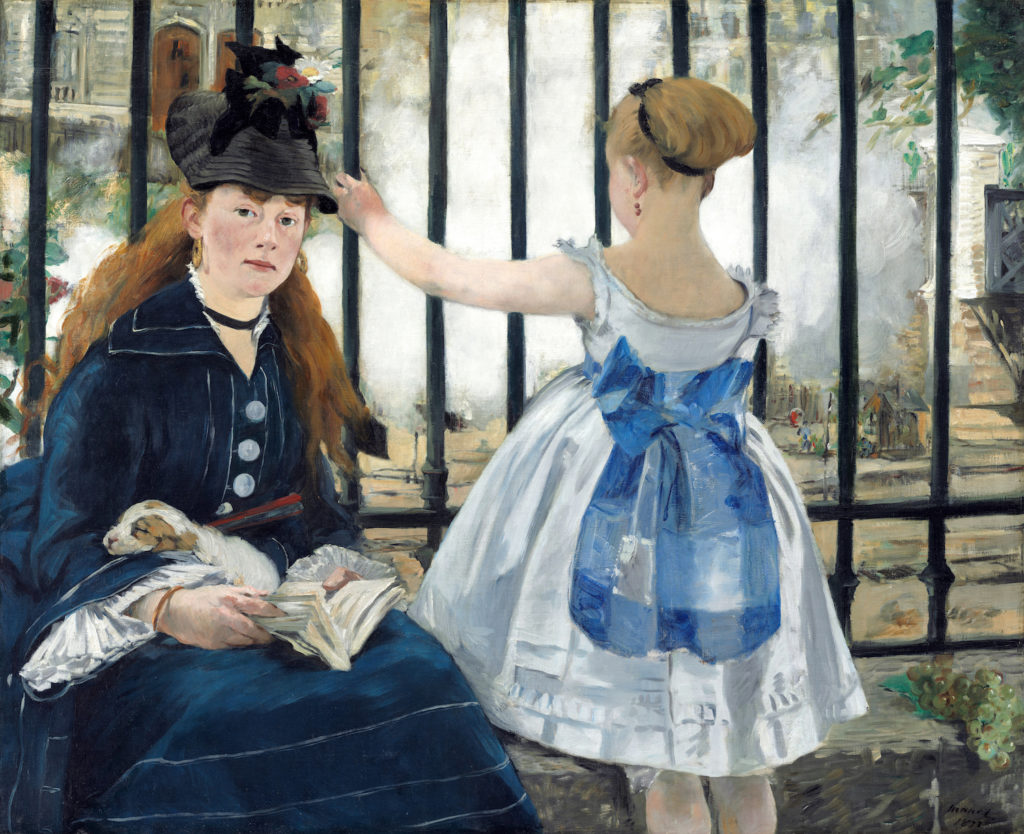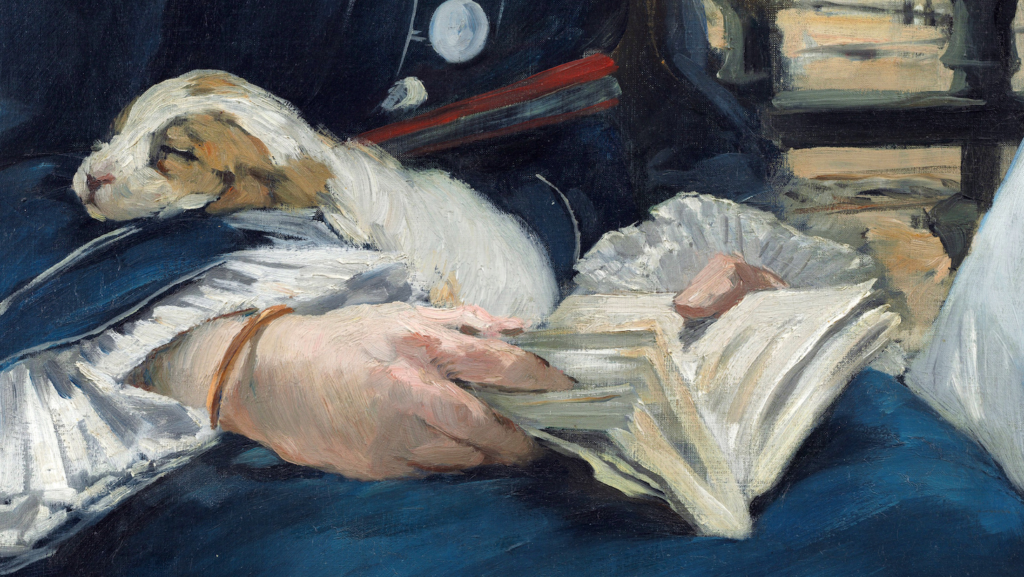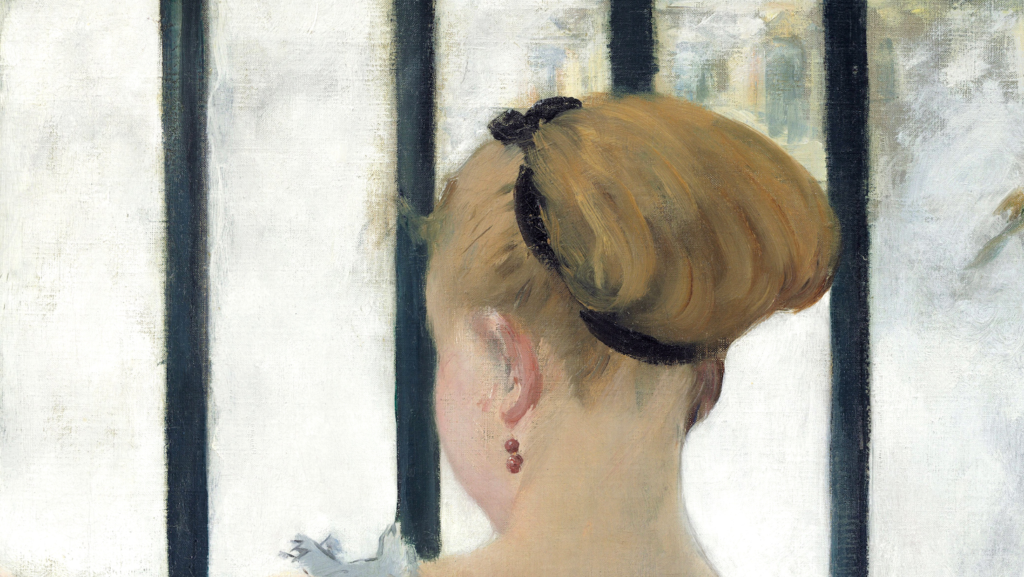Masterpiece Story: Portrait of Madeleine by Marie-Guillemine Benoist
What is the message behind Marie-Guillemine Benoist’s Portrait of Madeleine? The history and tradition behind this 1800 painting might explain...
Jimena Escoto 16 February 2025
In 1873 when this painting was created by the Realist master Édouard Manet, the Gare Saint–Lazare was the largest and busiest train station in Paris. But here it is rather invisible. The main subject of the piece is the woman with a child. The woman is Victorine Meurent, also a painter and Manet’s favorite model in the 1860s who appeared also in his Olympia and the Luncheon on the Grass, and the child is the daughter of a fellow painter and neighbor Alphonse Hirsch, who allowed Manet to use his garden to create The Railway.

The pensive subject is wearing a dark hat and navy blue dress with white details and is looking towards the viewer, while a sleeping puppy, a fan and an open book rest in her lap. A little girl next to her is wearing a contrast white dress with large blue bow, standing her back to the viewer, watching through the railings as a train passes beneath them. Maybe she is a 19th-century young trainspotter? The black band in the girl’s hair echoes the black band around the neck of the woman. Resting on a parapet to the right of the painting is a bunch of grapes, perhaps indicating that the painting was made in the autumn. The dog may be a reference to Titian’s Venus of Urbino; Manet had earlier echoed Titian’s composition in his Olympia.
The only evidence of the train and the train station itself is a white cloud of steam. In the background, we can see modern apartment buildings including the house on the Rue de Saint-Pétersbourg, near the Place de l’Europe, where Manet had rented a studio since July 1872 – and also a signal box and the Pont de l’Europe famously depicted by Gustave Caillebotte.

Manet submitted The Railway to the Paris Salon of 1874. It was accepted along with another watercolor painting. However, the artist received critical reviews for the canvas as it appeared unfinished and the rail station was not well-defined in the composition. Although, Manet was never officially associated with the Impressionist group, this work’s execution as well as the subject reveal that the Impressionists had some influence on him.

The Railway was sold to baritone Jean-Baptiste Faure shortly after it was completed. But the painting’s journey did not end there. In 1881, it was sold for 5,400 francs to the famous art dealer Paul Durand-Ruel. He gave it several alternative names, but today the National Gallery of Art in Washington presents it with its original title.
It was sold again on 31 December 1898 for 100,000 francs to an American collector Henry Osborne Havemeyer. His wife Louisine Havemeyer left 2,000 artworks to the Metropolitan Museum of Art in New York upon her death in 1929, but she divided a small collection, including The Railway, among her three children. The painting was donated to the National Gallery of Art in Washington, DC, in 1956 after the death of her son Horace Havemeyer.
DailyArt Magazine needs your support. Every contribution, however big or small, is very valuable for our future. Thanks to it, we will be able to sustain and grow the Magazine. Thank you for your help!